Making Euterpe – documentation of the process of making
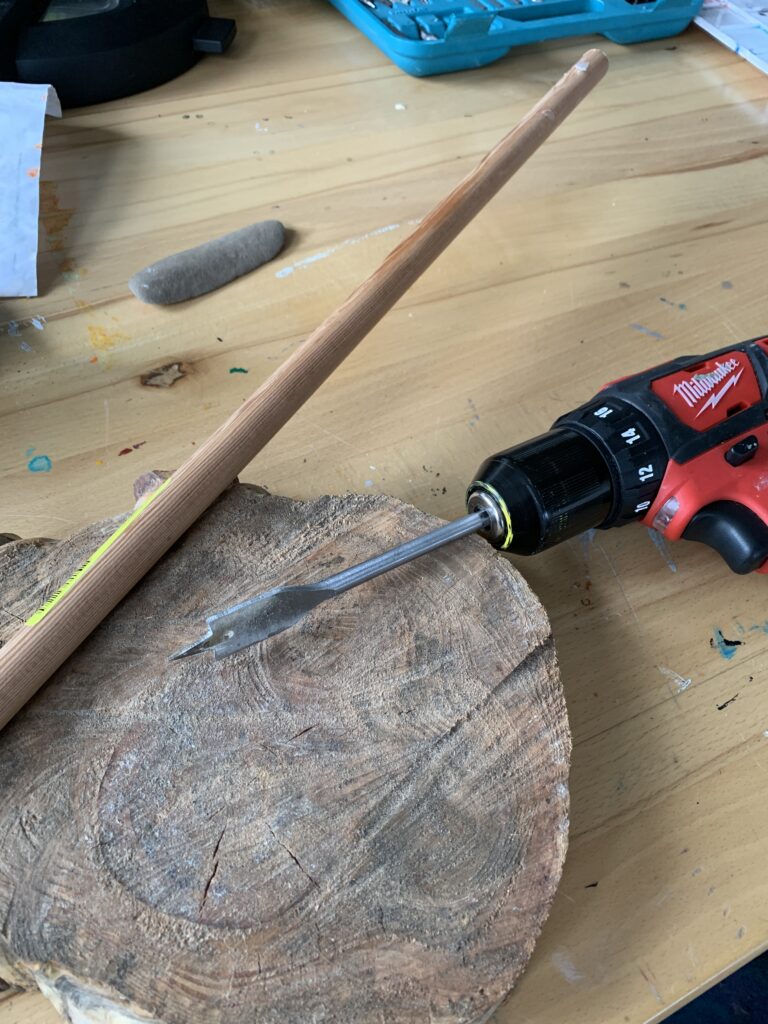
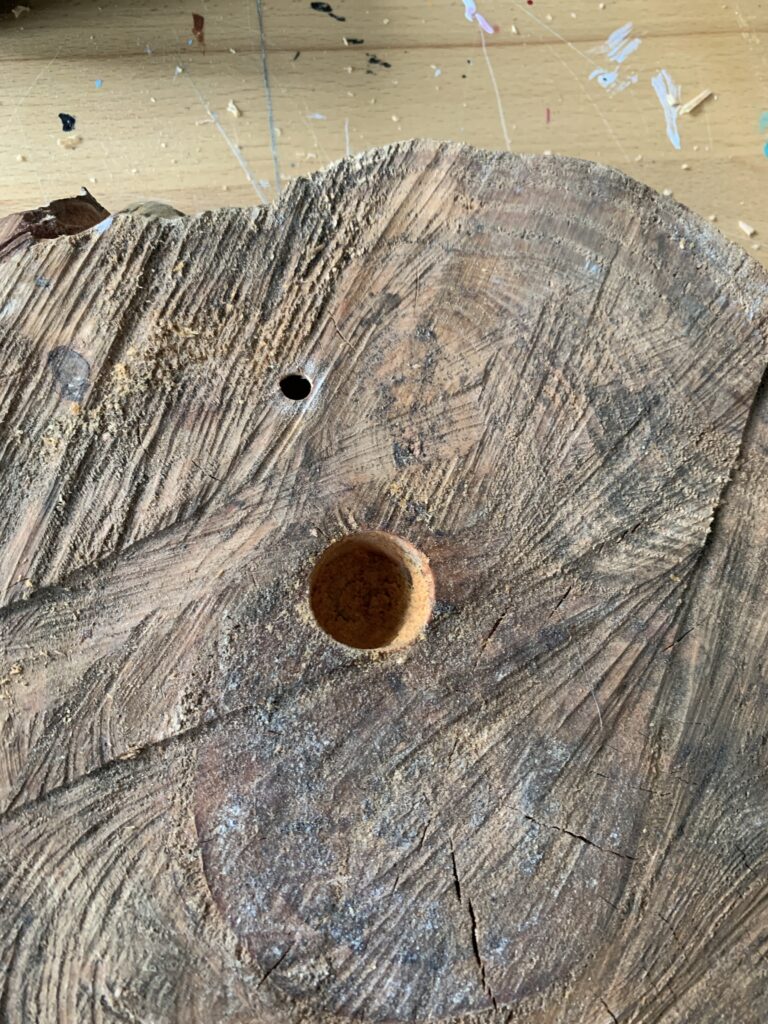
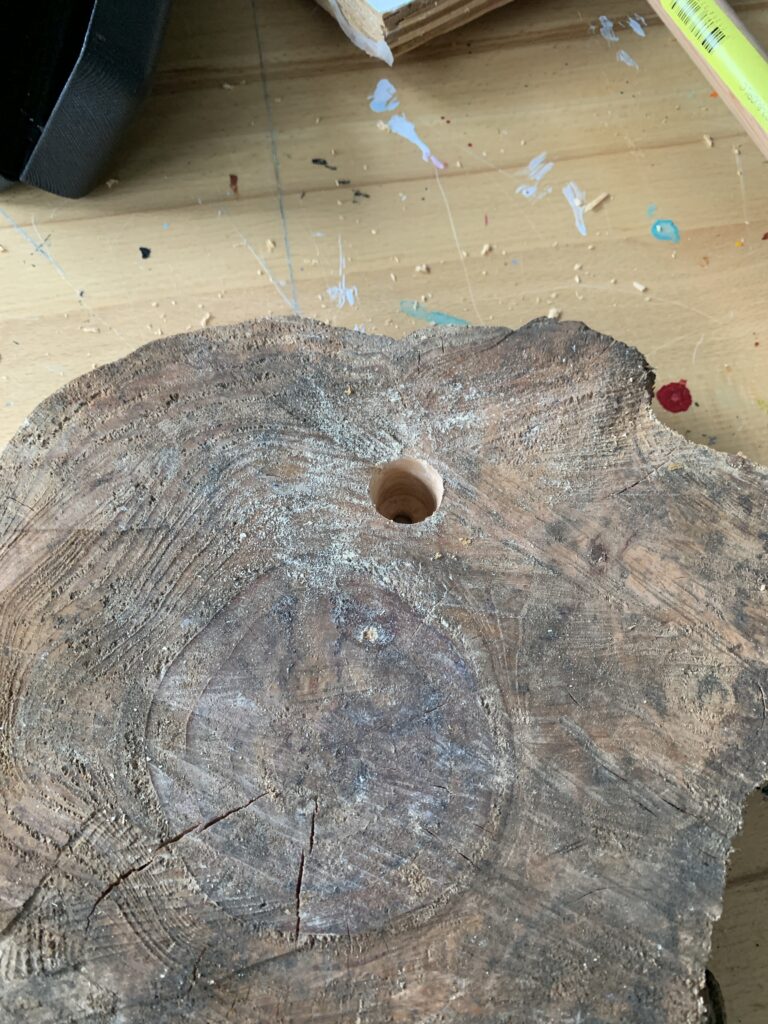


Pausing the process of making the project in order to see where I am and what I need to do next.
Okay, I’m procrastinating on the dremel/sanding because I’ve never used it before and I’m afraid of breaking it.
Next to do:
- make some diagrams of the sculpture so that I have a sense, beyond my own thoughts, what I’m aiming towards, remembering that this is like a recipe (ie, some suggestions), and not an engineering blueprint.
- By “some diagrams”, I think I should make at least five, and up to ten. After that, I’ll get impatient. Or, I’ll get excited and make more as the ideas generate and evolve. I never know what is going to happen next.
- Research what plaster bandage is made of…I really like it for wrapping around the main armature, and then building on top of the bandage, but if it’s not paper enough, it’ll interfere with the 75% paper target.
- look into papier mache. What is that, anyway? If plaster bandage is not paper enough, will papier mache be? How is papier mache different from paper based clay? Find out, Anne. And yeah, how about plaster of paris? I have a bunch of that, too.
- Find paper to scrunch up around the main armature, to be covered by papier mache, or plaster bandage, and then paper-based clay…or…anyway, find the paper and get it ready for scrunching AFTER doing the design drawings. A couple of options are tissue paper from clothing patterns, which are inscribed with all kinds of instructions for sewing. I like the idea of using this paper. Also, I have the large sheets of newsprint with the “plans” for a historical novel on them. I don’t think I’ll ever be writing that novel, so it seems like a good place to store the notes, inside a sculpture of Euterpe, the muse of lyric poetry and song…of course there is no muse for novel writing, because novel writing came along much later than the muses…closest thing might be the muse of epic poetry, Calliope, the mother of Orpheus and the “Chief of all muses”, according to Hesiod and Ovid. Or Clio, the muse of history.
- figure out the canon of proportions for this figure before proceeding with the armature and scrunching the paper.
- Find out what tape is made of and find some tape that is sticky paper…maybe that’s what all tape is. I don’t know. What about painter’s tape? Is that sticky paper or is it plastic…what is it? So many questions.
- Once I do the design drawings and the canon of proportions, then I’ll be ready to figure out whether I use the main doweling as the main armature, or if the doweling is an armature for the armature…
To be continued.
Here is a continuation, sooner than I expected. I was reading about the winner of the 2021 CBC poetry prize, Lise Gaston, for her poem James, linked to below, and a poem about the naming of a child who they knew would be stillborn. A lyric and autobiographical poem, this poem is deeply personal and deeply honest. I was particularly drawn to the fact that this poem is about making and death at the same time, and maybe I can explore this theme as part of the input into what a contemporary (2021) Euterpe can signify, because in the face of climate change science, it is very difficult to “make” art with the same sense of a future that past makers have felt. How can I inscribe hope and despair about the process of making within this muse? I don’t think past renditions of Euterpe have had to address despair.
Here is a link to the lyric poem, James.
https://www.cbc.ca/books/literaryprizes/james-by-lise-gaston-1.6224834
Also, as I started to do some calculations in my note book, it hit me, because I was stalling on initial drawings, that I quite dislike drawing in notebooks; I prefer drawing with larger gestures, and with various types of charcoal, so expecting myself to draw something on a small scale can be a barrier to my work, so recognizing this likely barrier, and with great excitement (and relief) at how clever I was at realizing this, I put large sheets of paper up on my easel and feel now like I will move forward with some charcoal sketches of Euterpe.
The barrier wasn’t such a bad thing, as it meant that I stumbled upon Lise Gaston’s poem, and was able to start exploring the metaphorical links between what I am trying to do, and what she has written about.
Win-win.
Some research that answers some of the questions I’m asking myself above:
The bandage part of plaster bandage uses cloth, so “no” to using plaster bandage. It would have been convenient if it was paper based, as I’ve used it frequently before. On the other hand, I’ve never used papier-mache, so here’s an opportunity for learning how to make and use it.
Painter’s tape is made of paper! Whew. Material question is answered.
Here is a link to instructions for making and using papier-mache. It can be made with glue or flour, but glue is better, for the obvious reason that it is more durable.
https://www.instructables.com/Paper-Mache-With-Glue/
Reviewing canon of proportions before making Euterpe armature:
I’ll likely do something in between the “male” and “female” canonical proportions.
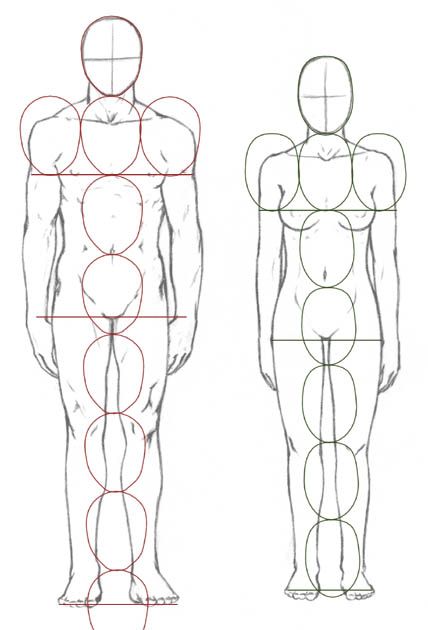
Making Euterpe – Resuming the Making Process
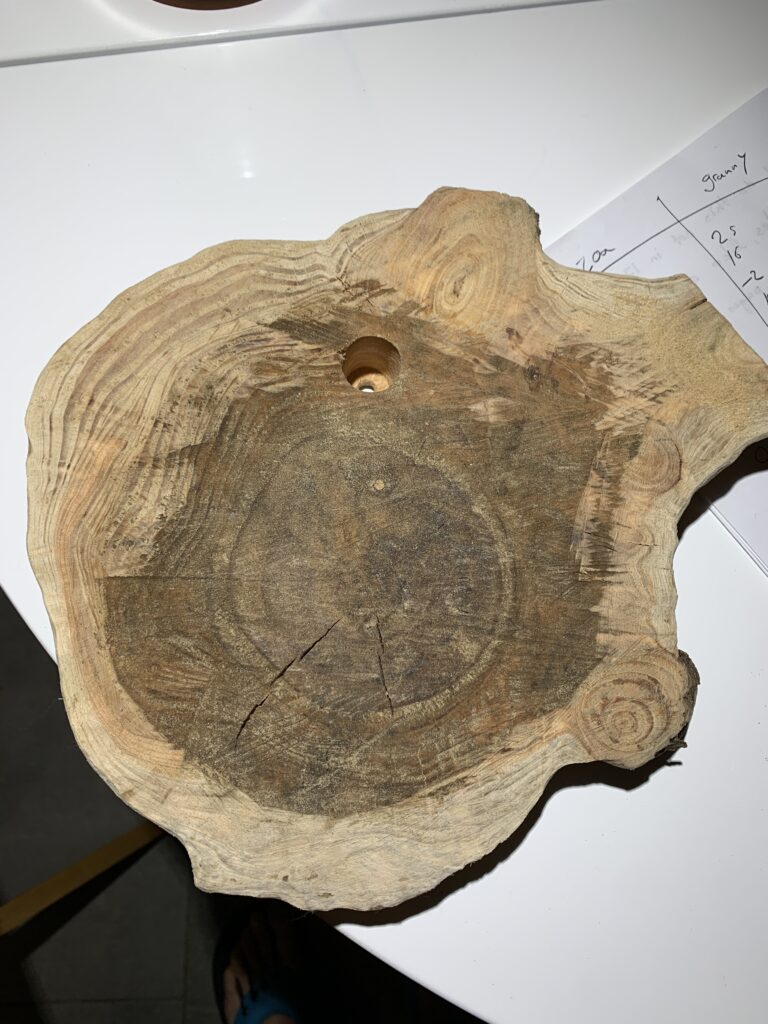
Dream idea generation
I dreamed about a fixture that I could use to attach the actual armature of the sculpture to the main armature. Now, I’ll try to draw it, and then either make it or find it.